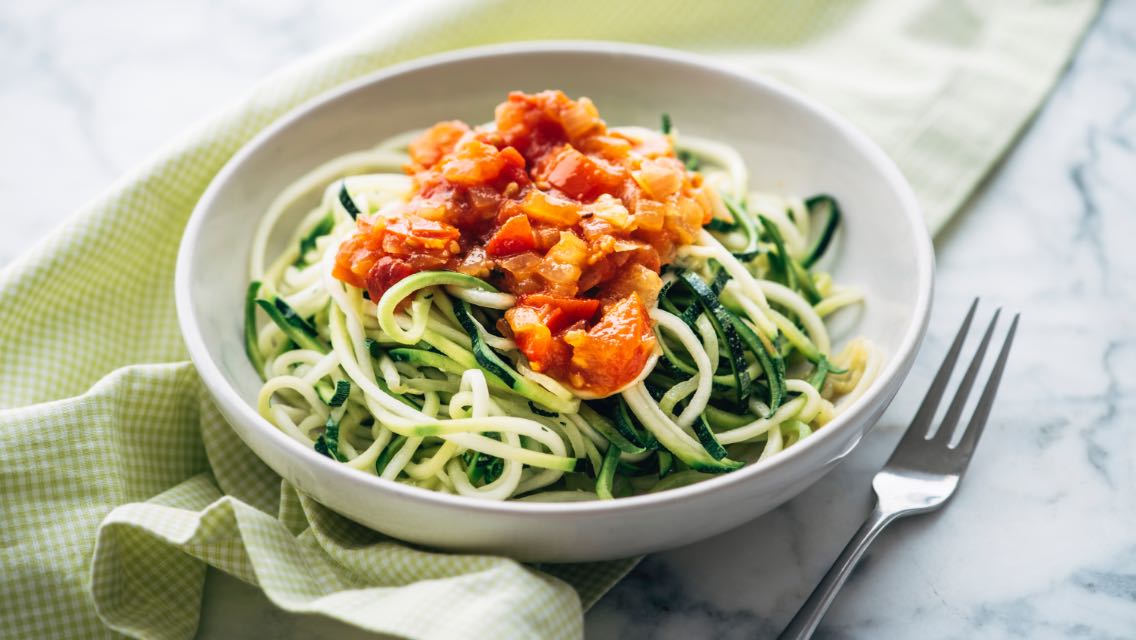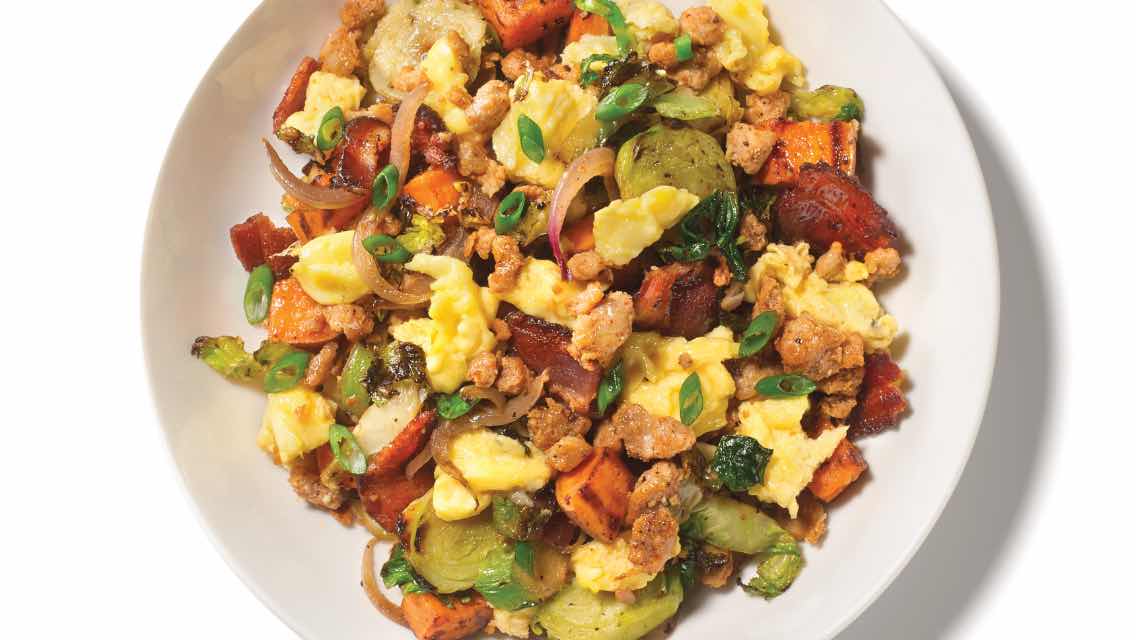With the majority of Americans housebound with all-day access to kitchens full of food, it’s easy to see how our grazing habits could increase. Those factors, coupled with high stress levels, set the stage for mindless snacking throughout the day.
To help you snack mindfully, we asked three of our Life Time experts — Julie Brown, MS, RD; Paul Kriegler, RD, LD; and Julia Dugas, RD, LD — to share their best tips for making healthier snack choices.
1. Opt for snacks high in protein and healthy fats.
These macronutrients will help keep your blood sugar stable, which can prevent a spike in cravings. They also take longer to digest, helping to keep you satiated for longer. Carbohydrate-based snacks won’t fill you up and are much easier to overconsume.
2. Include fiber-rich produce whenever possible.
Pair a protein with veggies or a small serving of fruit. Produce is a good source of fiber, which supports a variety of functions in our bodies, including regulating blood sugar and boosting the immune system. Plus, it moves you closer to getting in the recommended “size of your head” portion of veggies per day.
3. Let your body be your guide — not the clock.
Are you snacking because you’re genuinely hungry, or simply because it’s three o’clock? Assess your mood before you open the pantry or fridge, then wait five to 10 minutes. If you still feel hungry, have a snack.
4. Select snacks you have to wash or peel.
This is an easy indicator that you’re making a healthy choice. If you have to unwrap a package, save that item for a time when you’re choosing to indulge.
5. Consider eating two to three substantial meals per day — so you don’t need to snack.
If you find you’re frequently hungry or snacking between meals, it’s likely your calorie, protein, and fiber needs aren’t being met at mealtime. “I’m two weeks into eating two meals a day and I feel great,” says Kriegler. “When I do eat, I eat a lot, which I enjoy. And it might turn out to be cheaper and better suited to social confinement, too.”
6. Eat with your non-dominant hand.
This will slow your pace of eating, making it easier for you to recognize when you feel full.
7. Stay hydrated.
You may actually be thirsty, a feeling that can be confused with hunger. Aim to drink half of your body weight in ounces of water daily, and enjoy other beverages such as unsweetened sparkling water, black coffee, or herbal tea. If you drink something and are still hungry, choose a healthy snack to have.
8. Keep a list of alternative activities.
Are you a boredom snacker? Make a list of things you can do instead, such as reading a book, going for a walk, or calling a friend.
9. Use small dishes.
Do not eat straight out of the container that a food comes in. Try custard or condiment cups, or tiny bowls.
10. Get creative.
Maintain variety in your diet by not snacking on the same thing every day. If you have kids, Brown suggests making snack time an activity. “Use the time to talk about healthy food choices and teach them important kitchen skills,” says Brown.
Easy, Healthy Snacks to Try
- Protein shake
- Sliced veggies with guacamole, hummus, or a Greek-yogurt-based dip
- Bean and veggie salad, such as garbanzo beans with bell peppers, onion, cucumbers, salt, pepper, and olive oil
- Tuna pouches or homemade tuna salad on gluten-free crackers or cucumber slices
- Deli meat, cheese, and pickle roll-ups (a great snack for kids!)
- Apple or small banana sliced and topped with a natural nut butter, ideally almond, cashew, or sunflower butter
- Chia seed pudding
- Overnight oats
- Hard boiled eggs and mixed berries





